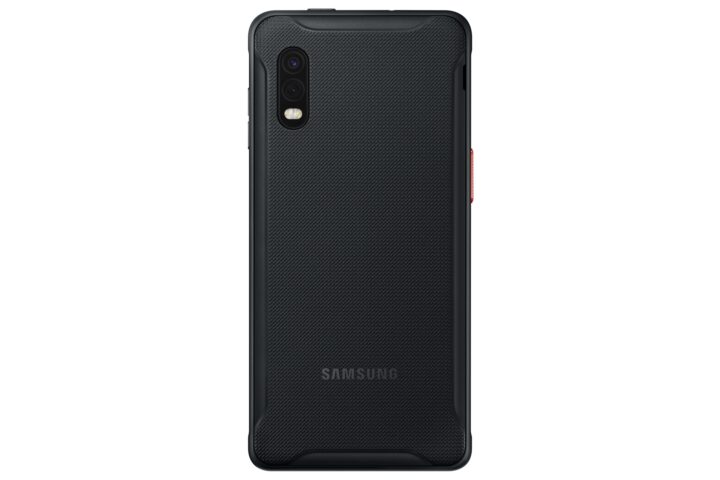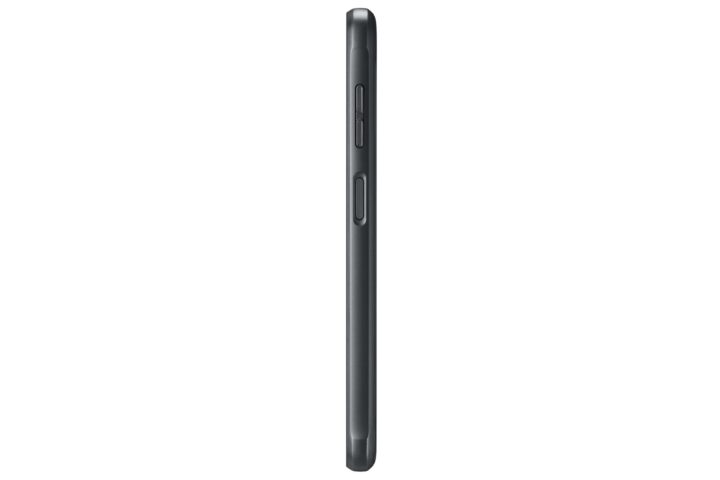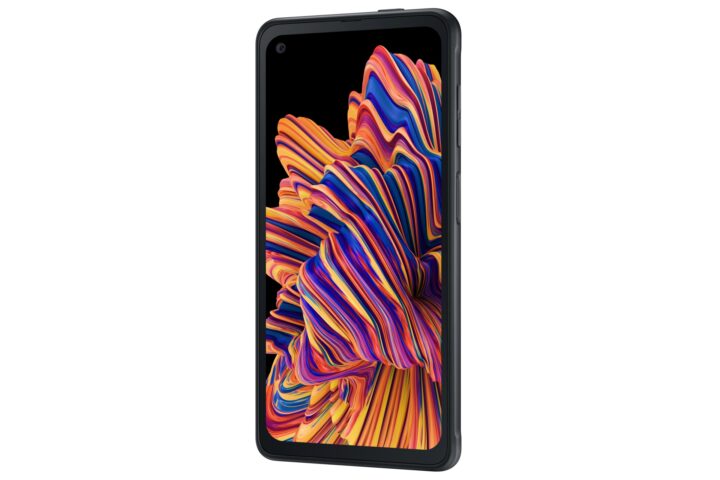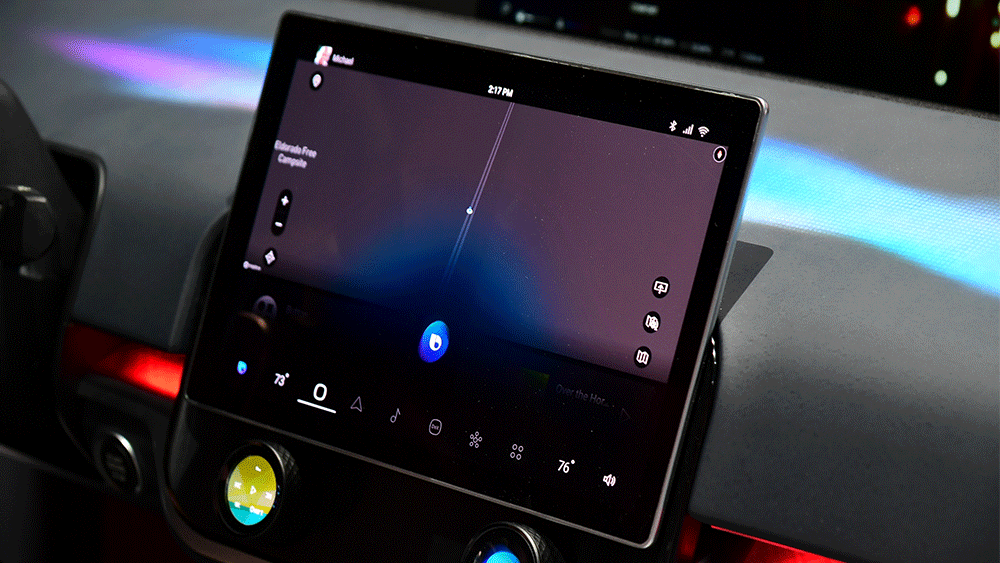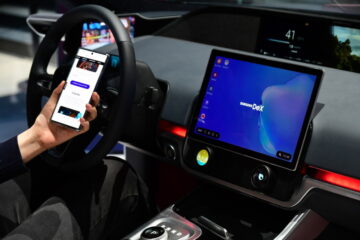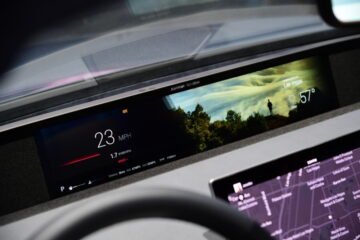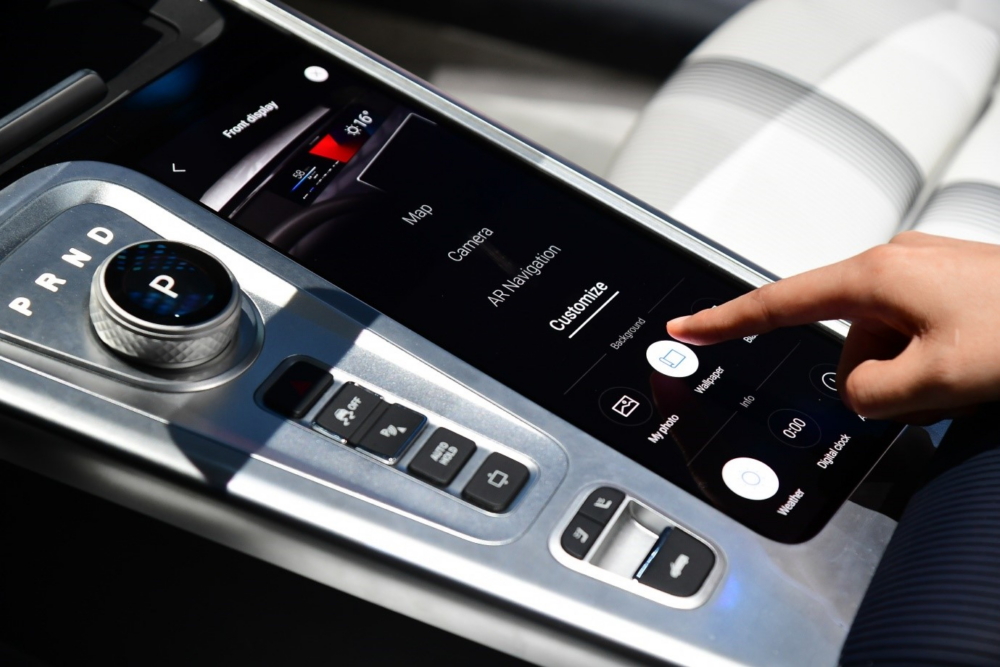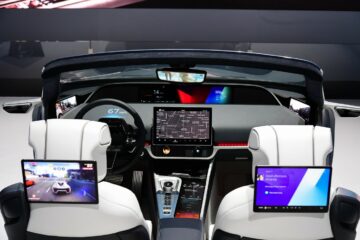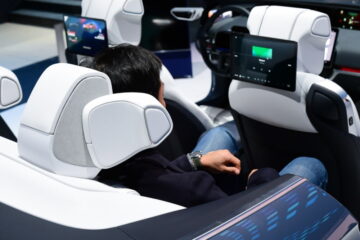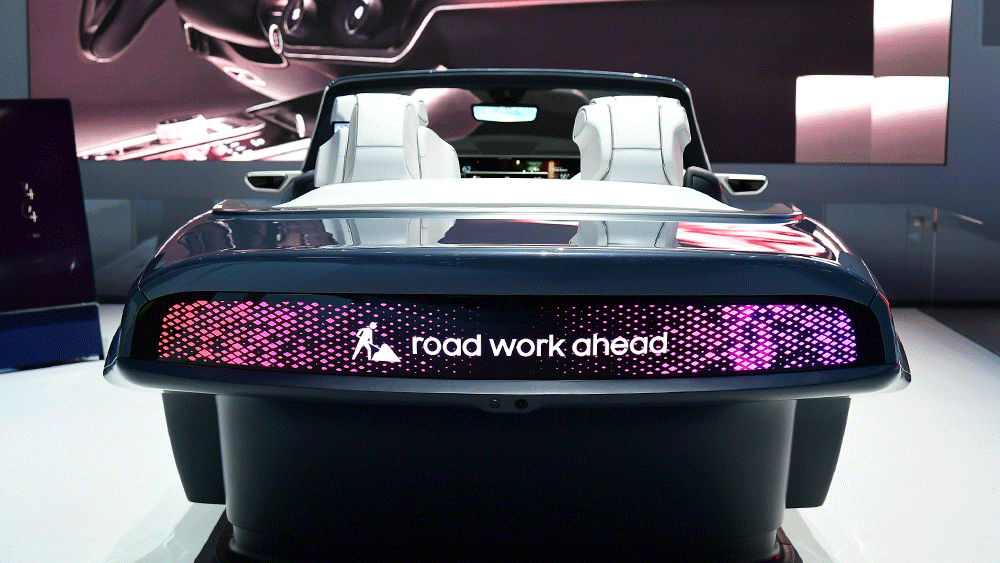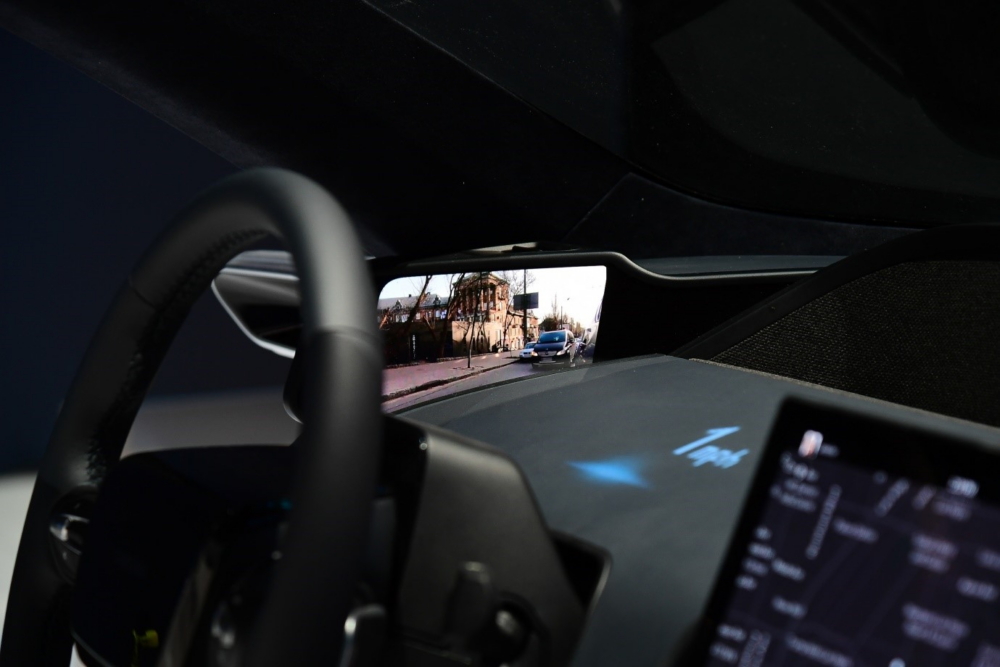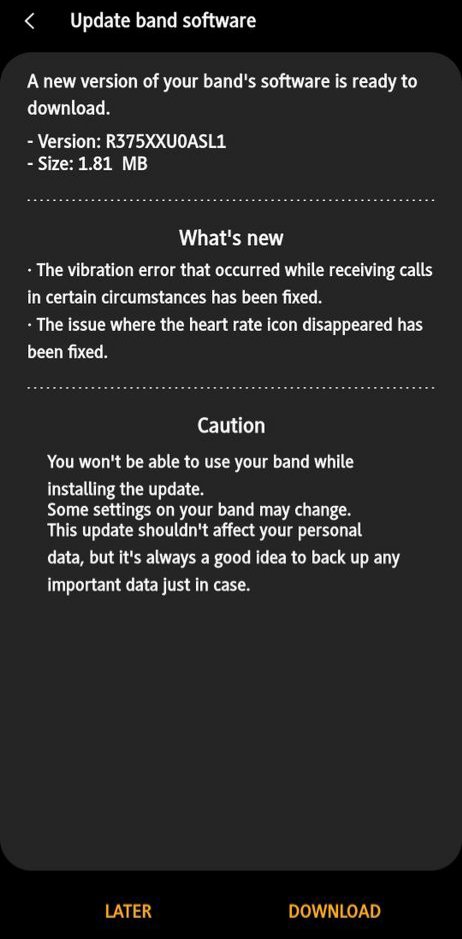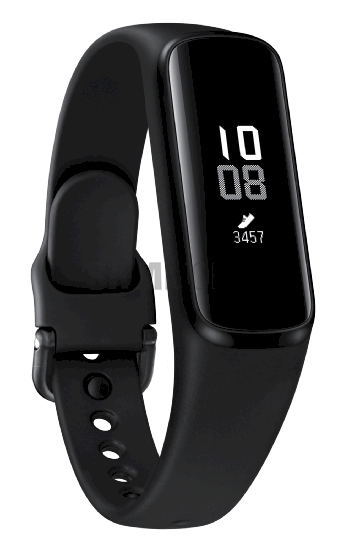NEON, the AI-powered avatar developed by Samsung subsidiary STAR Labs – or a proof-of-concept of it – was officially introduced at CES 2020. Unfortunately, we’re left with more questions than answers. We’re not sure exactly what NEON is truly supposed to be, as it’s ‘not an AI assistant‘ or an interface to the Internet. They call it an ‘artificial human‘ or ‘a computationally created virtual being‘ but it’s unclear in what way it’s supposed to reach the consumer market.
Disappointingly, what has been confirmed via The Verge and through the official teaser images is that the scenarios shown at CES and in promotional content ‘are fictionalized and simulated for illustrative purposes only.’ This likely means that the recently leaked NEON video doesn’t give us much of an insight into what STAR Labs’ ‘artificial human’ is all about or how these avatars will look like. The people shown in that video (and the images below) were actual actors and weren’t computer-generated images or the real ‘NEONs’ as the company calls its virtual avatars.


NEONs can’t be exact copies of an existing human being. They can share some similarities with humans but a NEON will never be an exact replica. The company claims that ‘each NEON is a unique, individual artificial human, with his/her own unique personality, just like us.’
NEON is a hype vector for now
Checking the official NEON webpage might get you all hyped for the future, but that seems to be by design. However, you don’t need an overly-critical eye to realize that there’s barely any concrete information there. The webpage is filled with buzz phrases such as ‘Inspired by the rhythmic complexities of nature‘ or ‘Virtually, Real. 100% visually real, like you and me. Existing among us from all walks of life.’
The most ambitious statement of all might be that the so-called NEONs are indistinguishable from real humans. ‘Introducing lifelike reality that is beyond our normal perception to distinguish.’ In other words, NEONs can easily pass the Turing test, according to STAR Labs, and that is quite a bold statement to make for a product that, so far, has only been ‘fictionalized and simulated for illustrative purposes only.’

But who knows?! Maybe this really is the beginning of a new era and we will be truly impressed once NEON will be ready for the masses. It’s just that, for now, STAR Labs hasn’t given us enough information to sell us on this rather confusing non-assistant AI concept. For the time being, it looks like NEON is a vision of a future enhanced by AI and powered mostly by hype.
A look at what the NEON artificial human could become
NEONs are supposed to show emotions and intelligence, with each avatar being customizable for different tasks. In STAR Labs’ vision ‘In the near future, one will be able to license or subscribe to a NEON as a service representative, a financial advisor, a healthcare provider, or a concierge. Over time, NEONs will work as TV anchors, spokespeople, or movie actors; or they can simply be companions and friends.’
Idealistically, NEONs are life-like computer-generated AI avatars indistinguishable from human beings. Exactly how they would reach the consumer market is unclear. We don’t know if they will be streamed to your smart devices from the cloud or if they would require prospective customers to purchase special local hardware.

They are, however, powered by STAR Labs’ Core R3 and SPECTRA technologies which remain somewhat of a mystery. But in short, Core R3 is a proprietary technology that can computationally create lifelike reality, while SPECTRA is an upcoming tech that will lend Intelligence, Learning, Emotions, and Memory to Core R3, according to the company. So, SPECTRA – the brain of the AI if you will – is not yet ready, but the company was confident enough to claim that it (together with Core R3) can pass the Turing test.
NEON beta is planned for release by the end of 2020
STAR Labs claims that NEON is ‘fundamentally different from deepfake or other facial reanimation techniques.’ What NEON isn’t, according to STAR Labs, is an AI assistant. It’s not an interface to the internet, not a music player. It’s ‘simply, a friend‘ and it can ‘speak it all, from Spanish to Hindi, from Japanese to English.’ NEON artificial humans are ‘more like us, an independent but virtual living being.’ Just how independent a NEON can be? We don’t know, but we might find out later this year.
It sounds like the technology is not yet ready for deployment and we don’t have a concrete launch date for the time being, but STAR Labs plans to release a beta version of NEON through select partners by the end of 2020.
The post Samsung unveils NEON, the artificial human-cum-hype machine appeared first on SamMobile.
from SamMobile https://ift.tt/2tGfjpX
via
IFTTT


